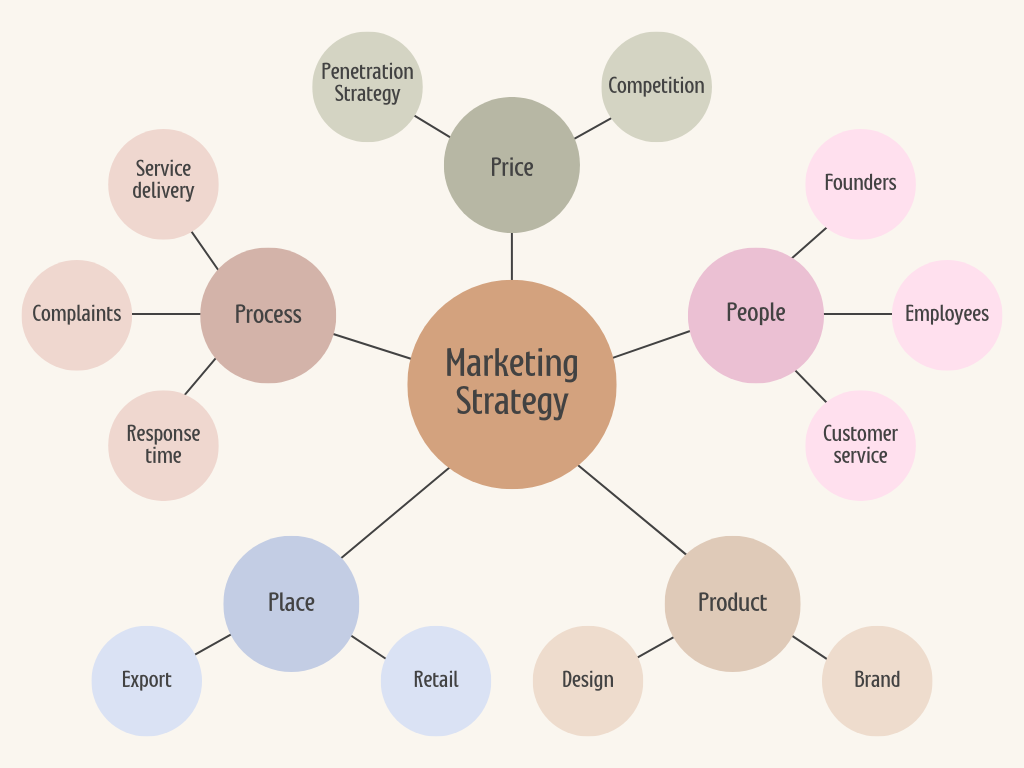It is essential for any business to have a strong marketing strategy in place in order to maximize their profits and reach a wider audience. In this blog post, we will discuss the 4 main marketing strategies that every business should be aware of in order to help increase their customer base. These 4 main marketing strategies are: traditional advertising, public relations, sales promotions, and direct marketing. Each of these strategies can be used effectively to help your business reach its goals. Read on to learn more about the 4 main marketing strategies and how they can be applied to your business.
1) Traditional Advertising
Traditional advertising, also known as b2c (business-to-customer) or b2b (business-to-business), is a marketing strategy that has been around for centuries. It includes methods such as print ads, billboards, radio and television advertisements, and other forms of print and digital media. Traditional advertising is used to create awareness of a product or service, attract customers, and persuade them to purchase it.
While traditional advertising has its advantages, such as reaching mass audiences quickly and economically, it can also be expensive and have limited reach. Therefore, it is important for businesses to consider their target audience and budget when creating their marketing strategy. In addition, many of the best practices for traditional advertising also apply to online marketing campaigns. For instance, using catchy visuals and slogans can be effective in both mediums. Ultimately, combining traditional advertising with modern digital strategies can be a powerful way to reach customers.
2) Public Relations
Public relations is an important marketing strategy that involves building and maintaining relationships with the public. This includes customers, potential customers, suppliers, stakeholders, influencers, and even competitors. The aim of public relations is to create a positive perception of the company in the eyes of its stakeholders. It involves marketing best practices such as communication and storytelling that build trust and loyalty with the company’s target audience. PR can be achieved through a variety of tactics such as press releases, media interviews, and content marketing.
3) Sales Promotions
Sales promotions are a marketing strategy used to attract attention, increase sales and create customer loyalty. This type of marketing is designed to increase immediate response, boost product interest and generate revenue for a business. Common sales promotion techniques include coupons, discounts, special offers, contests and games.
One of the most effective marketing best practices for sales promotions is to tie them to specific products. This allows companies to target specific audiences and make their promotions more appealing. For example, a restaurant may run a promotional offer for a particular dish or an apparel store may run a coupon for a specific type of clothing. Companies should also consider offering rewards or loyalty programs, as these can be successful in retaining customers.
Additionally, timing is critical when it comes to sales promotions. Businesses should aim to launch them during peak shopping times such as holidays or special occasions. Promotions should also be aligned with relevant events so that consumers will be more likely to pay attention. This could include offering free shipping during the holiday season or launching a contest that ties into a current event.
Overall, sales promotions can be a powerful marketing strategy for businesses if used correctly. By focusing on customer segmentation, timing and rewards, businesses can better engage their target audience and see positive results from their promotions.
4) Direct Marketing
Direct marketing is a marketing strategy that focuses on distributing product or service information directly to customers. This can include anything from direct mail campaigns to email blasts to text messages. The purpose of this marketing strategy is to build relationships with customers and ultimately drive sales.
Direct marketing campaigns are often used in combination with other marketing strategies, such as traditional advertising and public relations. For example, if you are launching a new product or service, you may choose to send out emails about the launch in addition to running an advertisement in a magazine.
When it comes to direct marketing best practices, there are a few key things to keep in mind. First, be sure to segment your target audience so that you are sending the most relevant and appropriate messages to each customer. Second, make sure to include a call-to-action in all of your direct mail materials and emails, such as asking the customer to visit your website or contact you for more information. Finally, track the performance of your campaigns by monitoring the number of responses and sales they generate. By doing this, you will be able to determine which campaigns were most effective and adjust your future campaigns accordingly.



